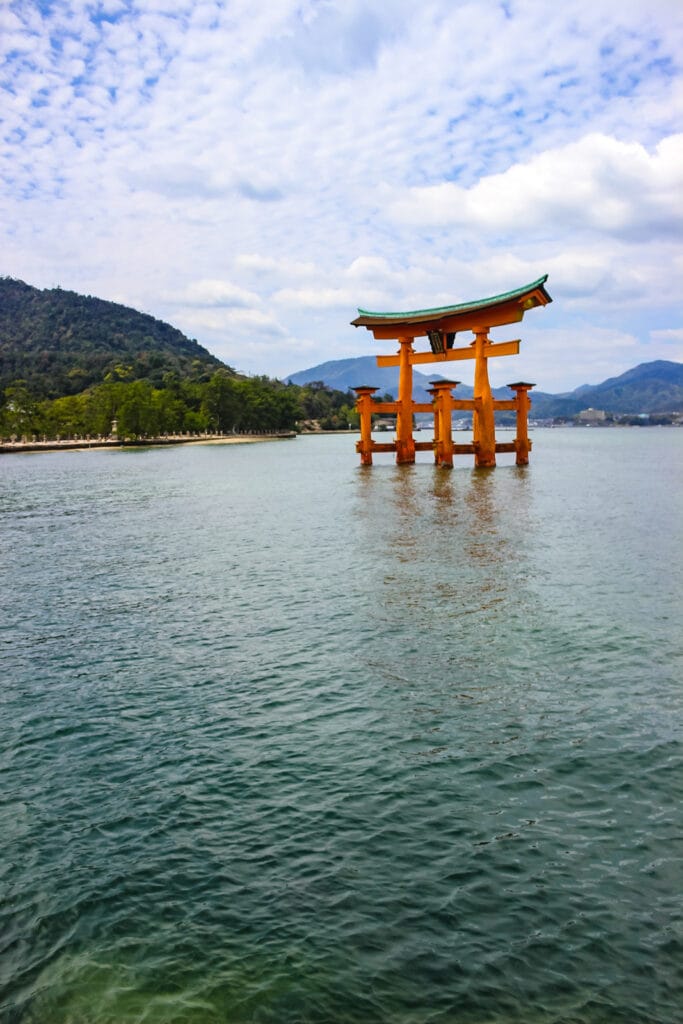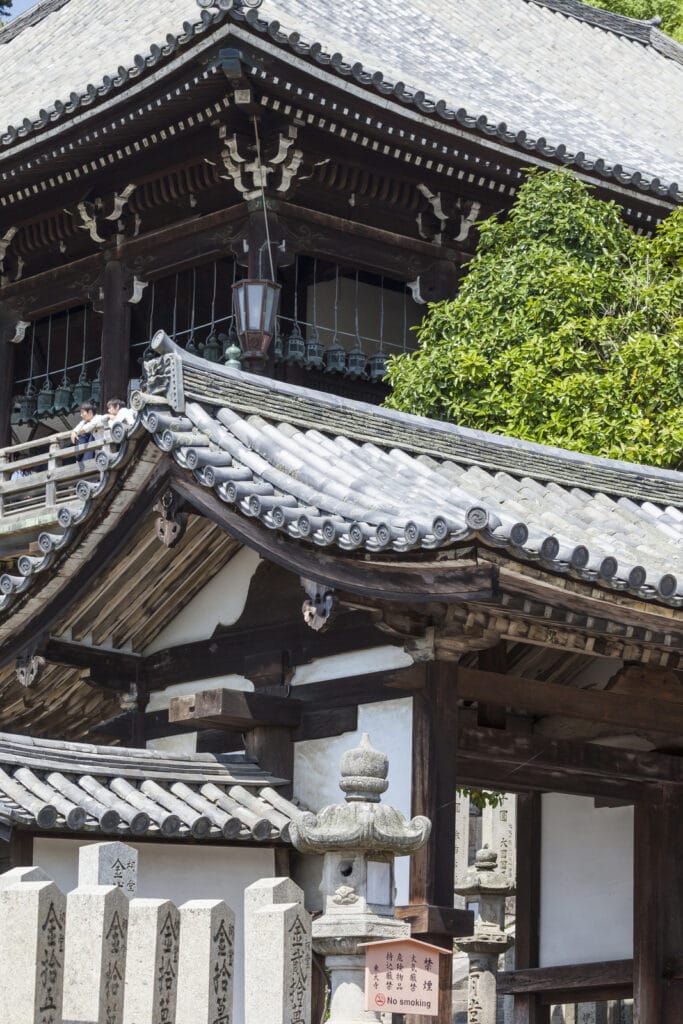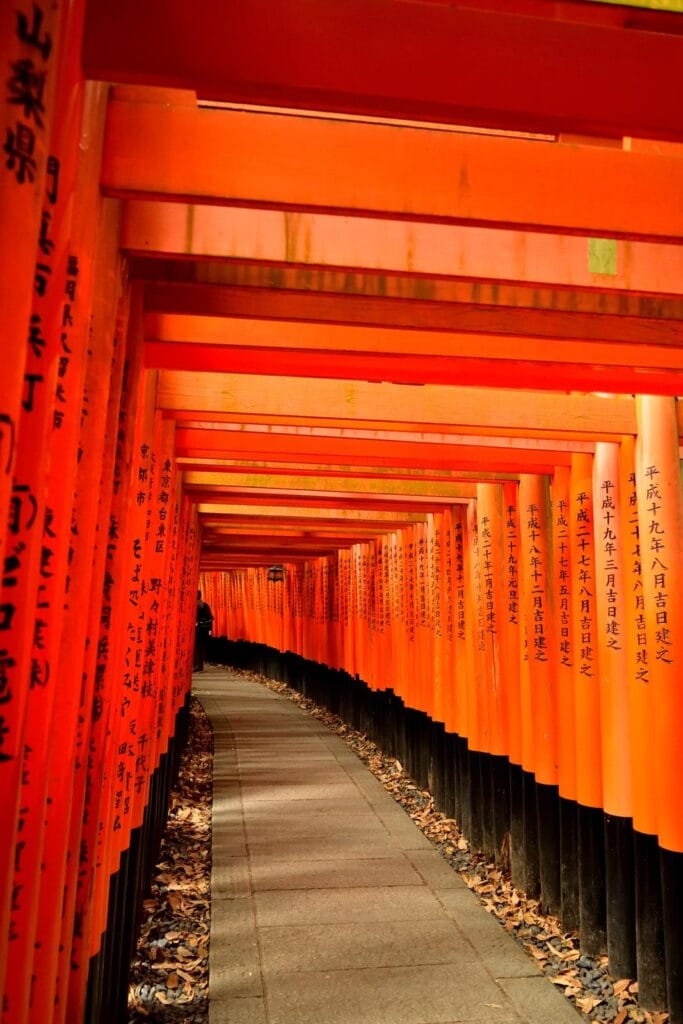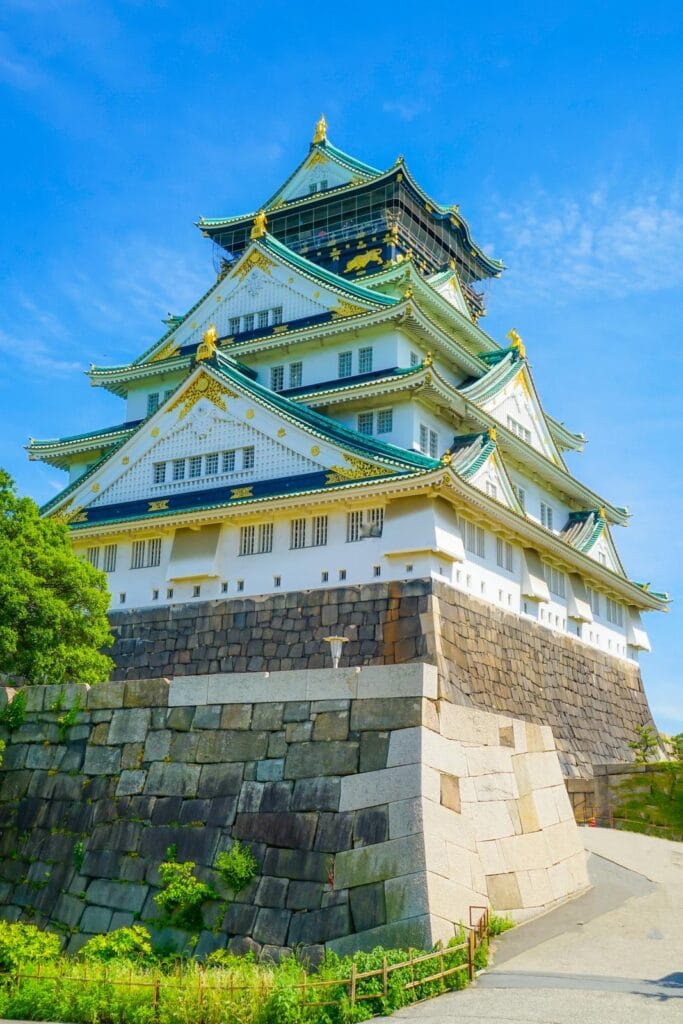I’ve explored Japan’s most magnificent architectural wonders, and these seven sites will take your breath away.
From the majestic Himeji Castle with its intricate defensive design to the ethereal floating Torii Gate at Itsukushima, each structure tells a unique story of Japanese ingenuity.
You can’t miss Todai-ji’s massive wooden Buddha hall or the mesmerizing vermillion gates of Fushimi Inari.
Osaka Castle stands proud in the urban landscape, while Ise Grand Shrine and Kiyomizu-dera showcase timeless building techniques that have survived centuries.
Let’s discover how these masterpieces blend function, spirituality, and unparalleled beauty in ways that’ll transform your understanding of Japanese architecture.
1) The Majesty of Himeji Castle
You’ll find more than 80 buildings within the complex, including three impressive watchtowers connected by winding corridors.
What I love most is how every architectural detail served a purpose – from the curved walls that prevented scaling to the arrow slits positioned for defense.
Like the golden shachihoko adorning Nagoya Castle, these decorative elements blend artistic beauty with cultural significance.
As one of Japan’s first UNESCO World Heritage sites, it’s a perfect example of how beauty and function merged in feudal Japanese engineering.
Similar architectural significance can be found in Hiroshima’s reconstructed castle museum, which showcases the city’s rich historical heritage.
2) Itsukushima’s Floating Torii Gate

Among Japan’s most enchanting architectural marvels stands the Itsukushima Floating Torii Gate, first established in 593 CE during Emperor Suiko’s reign.
When you visit this magnificent structure, you’ll understand why it’s captured imaginations for centuries – during high tide, the 16.6-meter-tall gate appears to float mysteriously on the water’s surface.
I’d recommend timing your visit carefully to experience both its “floating” state and the chance to walk near it at low tide.
The gate’s construction is fascinating: it’s crafted from natural camphor trees for the main pillars, with cedar supports and a cypress-bark thatched roof.
What you mightn’t know is that there’s even a clever hidden feature – the top rail contains stones for weight balancing.
When you pass beneath it, remember to observe the traditional custom: bow twice, clap twice, bow once.
For the ultimate luxury experience, consider booking a private tea ceremony overlooking the gate at sunset.
Like the Hokkaido Shrine in Sapporo, it represents a significant piece of Japan’s spiritual heritage.
3) Ancient Splendor of Todai-ji

While the floating torii gate captures the ethereal beauty of Japanese coastal architecture, Todai-ji stands as a monument to Japan’s imperial might and Buddhist devotion.
I’m always struck by the sheer audacity of its construction – imagine mobilizing two million people in 741 AD to build the world’s largest wooden structure!
You’ll find yourself dwarfed by the Daibutsuden, which, even at two-thirds its original size, still dominates Nara’s skyline. Inside, you can’t miss the towering 53-foot bronze Buddha, an engineering marvel that required 40 separate castings.
When you visit, take time to explore the twin seven-story pagodas and don’t forget to check out the impressive Nandaimon Gate, where two fierce Nio guardians have kept watch since the 13th century.
Like Kinkaku-ji Temple, its architectural magnificence has earned it recognition as a UNESCO World Heritage site.
This architectural masterpiece remains one of the most popular day trip destinations from Kyoto, drawing visitors year-round to its ancient halls.
4) Fushimi Inari’s Vermillion Pathways

Deep within the ancient heart of Kyoto stands Fushimi Inari, a mesmerizing shrine complex that predates the city itself.
As you venture through thousands of vermillion torii gates, you’ll discover why this shrine has captured imaginations for centuries. Located in the historic Higashiyama district, the shrine draws visitors from around the world.
I’m always struck by how the gates’ mercury-rich red pigment seems to glow against the forested backdrop of Mount Inari.
While exploring this sacred site, consider visiting the nearby Kiyomizu-dera Temple for its stunning architectural beauty.
- Walk the full 4-kilometer trail for an immersive spiritual experience
- Look for fox statues, which represent the messengers of Inari
- Spot major Japanese companies’ names inscribed on the gates
- Visit the main hall to make a traditional offering
- Stop at one of the teahouses along the path for a breather
You’ll want to arrive early to photograph the famous Senbon Torii tunnel without crowds, though I find the shrine equally enchanting at any hour, thanks to its 24/7 access.
5) Osaka Castle’s Urban Grandeur

Rising majestically above modern Osaka’s skyline, Osaka Castle stands as one of Japan’s most iconic landmarks and a representation of medieval engineering brilliance.
You’ll be amazed by its massive stone walls, built without mortar, that have withstood centuries of warfare and natural disasters.
For the most comfortable sightseeing experience, consider staying at one of the premium hotels nearby that offer stunning views of the castle grounds.
Make sure to follow the castle entrance guide to get the most out of your visit.
| Feature | What You’ll Experience |
|---|---|
| Architecture | Five external stories concealing eight internal levels, topped with golden tiger-fish ornaments |
| History | Built in 1583 by Toyotomi Hideyoshi, survived WWII bombings, rebuilt in 1931 |
| Visitor Appeal | 2.5 million annual visitors, cherry blossom viewing, interactive museum displays |
I’ve explored every corner of this architectural marvel, and I can tell you there’s nothing quite like standing in the Nishinomaru Garden, gazing up at those gleaming white walls while imagining the samurai who once defended them.
6) Sacred Grounds of Ise

Among Japan’s most sacred architectural treasures, the Ise Grand Shrine complex stands as a tribute to over 2,000 years of unbroken spiritual tradition.
When you visit, you’ll witness the breathtaking simplicity of shinmei-zukuri architecture, which I find particularly moving in its connection to ancient rice granaries.
Consider pairing your shrine visit with a stay at one of Japan’s luxury ryokan inns for an authentic cultural experience.
What’s truly remarkable is the shrine’s unique 20-year rebuilding cycle, ensuring these sacred techniques pass from generation to generation.
- Every two decades, master craftsmen completely rebuild the shrine complex
- The main shrine houses the sacred mirror of the Imperial family
- You’ll find 125 individual shrines spread across Ise City
- The architecture hasn’t changed since 4 BCE
- Each rebuild uses specially harvested wood from sacred forests
I recommend timing your visit around the next rebuilding in 2033 – it’s a once-in-a-lifetime spectacle of Japan’s enduring spiritual heritage.
Before visiting the shrine, be sure to exchange your currency at places offering competitive exchange rates to ensure you have enough yen for souvenirs and offerings.
7) Kiyomizu Temple’s Wooden Wonder

Standing majestically on Mount Otowa’s slopes, Kiyomizu Temple showcases Japan’s masterful wooden architecture without using a single metal nail.
I’m always amazed by the temple’s famous stage, where 18 massive zelkova pillars rise 13 meters into the air, supporting a breathtaking platform that seems to float above the hillside.
When you visit, you’ll notice the temple’s remarkable earthquake resistance, achieved through the ingenious Kakezukuri method – a complex latticework of wooden joints and bamboo wedges that flex and bend like a living organism.
Built in 778 and extensively renovated in 1633, this UNESCO World Heritage site continues to draw visitors who marvel at its architectural wizardry. The area surrounding the temple is known for its maiko performances, where apprentice geishas showcase traditional Japanese arts.
I particularly love viewing the temple during spring’s cherry blossoms or autumn’s fiery maples, when nature perfectly frames this wooden masterpiece.
While many visitors head to the Golden Pavilion Temple in Kyoto, Kiyomizu offers an equally stunning architectural experience with its unique wooden construction methods.




